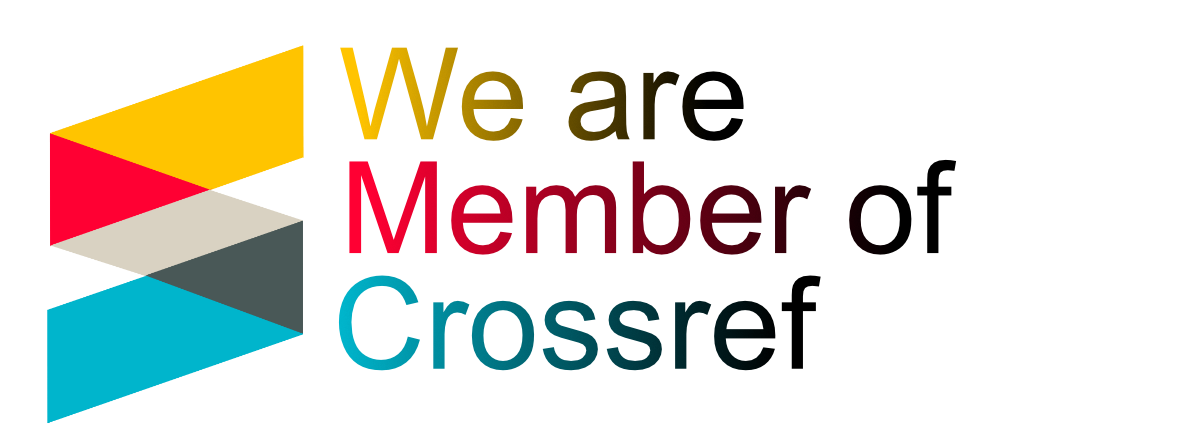Strategi Pengembangan Bisnis Laundry Berbasis Online
DOI:
https://doi.org/10.56721/prosalif.v2.2023.58Keywords:
Laundry, MSMEs, Online Business, SWOT AnalysisAbstract
In the modern digital era, technology and social media are crucial in supporting businesses, including the laundry business. This business falls under the category of Micro, Small, and Medium Enterprises (MSMEs) that operate in the service sector. Xilaundry, located in Serang Regency, Banten Province, exemplifies how MSMEs utilize technology in their operations. Xilaundry uses social media platforms such as Whatsapp, Instagram, and Facebook for marketing and promotional strategies. Two payment methods are available for customers: conventional (pay on the spot) and digital (ATM, Mobile Banking, OVO, and Gopay). Xilaundry implements a SWOT analysis for its business strategy development. The results show that Xilaundry's business is feasible to run. Xilaundry's finances record a monthly turnover of IDR 6,570,800 and a cash expenditure of IDR 2,890,000. This generates a net profit of around IDR 2,743,800 per month. Thus, Xilaundry can generate a net income of approximately IDR 34,680,000 in a year. In the SWOT and social media context, Xilaundry can leverage its strength in using social media for marketing and promotion (Strength). However, they must maintain service quality to avoid weaknesses in service (Weakness). The opportunity that Xilaundry can take is the increase in social media and digital payment users (Opportunity). At the same time, threats can come from competitors who use social media in their marketing strategies (Threat).
References
Chaffey, D., & Smith, P. R. (2022). Digital marketing excellence: planning, optimizing and integrating online marketing. Taylor & Francis.
Chaidir, J., & Haerofiatna, H. (2023). Network Infrastructure Development in Serang District. International Journal of Management Technology, 10(1), 11-19.
Chaidir, J., Hidayati, P. P., & K. Harnadi, K. (2023). The Relationship between Critical Thinking Ability and Problem-Based Learning with a Causality Pattern in Learning Improvement. MIX: Jurnal Ilmiah Manajemen, 13(1), 122.
Chermack, T. J., & Kasshanna, B. K. (2007). The use and misuse of SWOT analysis and implications for HRD professionals. Human Resource Development International, 10(4), 383-399.
Civelek, M., Gajdka, K., Světlík, J., & Vavrečka, V. (2020). Differences in the usage of online marketing and social media tools: evidence from Czech, Slovakian and Hungarian SMEs. Equilibrium. Quarterly Journal of Economics and Economic Policy, 15(3), 537-563.
Erlangga, H., Mulyana, Y., Sunarsi, D., Solahudin, M., Dwiwarman, D. A., Waskita, N. I. D., ... & Purwanto, A. (2021). The effect of organizational commitment and work environment on job satisfaction and teachers performance. Turkish Journal of Computer and Mathematics Education, 12(7), 109-117.
Fouad, N. (2017). Viral marketing effect on digital knowledge acquisition: WhatsApp as a model. Alexandria, 27(1), 10-29.
Hartika, N., Jumiati, I. E., Damarwulan, L. M., Sudrajat, A., Widyawati, W., & Rudiansyah, R. (2023). Upaya Mengurangi Pengangguran Melalui Usaha Mikro Kecil dan Menengah (UMKM) di Provinsi Banten. Sawala: Jurnal Administrasi Negara, 11(1), 42-53.
Helms, M. M., & Nixon, J. (2010). Exploring SWOT analysis–where are we now? A review of academic research from the last decade. Journal of strategy and management, 3(3), 215-251.
Hidayat, N. I., & Ayyub, M. R. (2022). Analisis Perjanjian Kemitraan Antara Perusahaan Sawit Dengan Masyarakat Di Kec. Petasia Timur Kab. Morowali Utara. Tadulako Master Law Journal, 6(2), 172-182.
Kiang, M. Y., Raghu, T. S., & Shang, K. H. M. (2000). Marketing on the Internet—who can benefit from an online marketing approach?. Decision Support Systems, 27(4), 383-393.
Kingsnorth, S. (2022). Digital marketing strategy: an integrated approach to online marketing. Kogan Page Publishers.
Kreutzer, R. T. (2016). Online-marketing. Wiesbaden: Springer Fachmedien Wiesbaden.
Leigh, D. (2009). SWOT analysis. Handbook of Improving Performance in the Workplace: Volumes 1‐3, 115-140.
Park, C. I., & Namkung, Y. (2022). The effects of instagram marketing activities on customer-based brand equity in the coffee industry. Sustainability, 14(3), 1657.
Puyt, R., Lie, F. B., De Graaf, F. J., & Wilderom, C. P. (2020). Origins of SWOT analysis. In Academy of management proceedings (Vol. 2020, No. 1, p. 17416). Briarcliff Manor, NY 10510: Academy of Management.
Riasi, A., & Pourmiri, S. (2015). Effects of online marketing on Iranian ecotourism industry: Economic, sociological, and cultural aspects. Management Science Letters, 5(10), 915-926.
Salunke, P., & Jain, V. (2022). Instagram marketing (2015–2021): A review of past trends, implications, and future research. Exploring the latest trends in management literature, 129-146.
Schwarzl, S., & Grabowska, M. (2015). Online marketing strategies: the future is here. Journal of International Studies, 8(2), 187-196.
Shiratina, A., Indika, D. R., Komariyah, I., Kania, D., & Solihin, E. H. (2020). Pemasaran Online Melalui Penerapan Iklan Secara Digital. Jurnal Sains Manajemen, 2(1), 15-23.
Siagian, A. O., Martiwi, R., & Indra, N. (2020). Kemajuan pemasaran produk dalam memanfaatkan media sosial di era digital. Jurnal Pemasaran Kompetitif, 3(3), 44.
Srivastava, M., & Fernandes, S. (2022). Is WhatsApp a'new age advertising tool'?. International Journal of Internet Marketing and Advertising, 16(1-2), 120-141.
Susanti, R. D., Rumaningsih, M., & Widodo, Z. D. (2023). Peran Media Sosial Dalam Peningkatan Penjualan Jasa Laundry (Study Kasus Pada Queen Laundry). Publik: Jurnal Manajemen Sumber Daya Manusia, Administrasi dan Pelayanan Publik, 10(1), 57-69.
Susilo, B. A., Widodasih, R. W. K., & BR, K. S. (2023). Analisa Swot Keberhasilan Usaha Pada Produk Pewangi Laundry “MJL”(Studi Pada Toko Hayyu Berkah Di Cikarang Selatan). JURNAL ILMIAH GLOBAL EDUCATION, 4(2), 1140-1147.
Suwarni, E., & Handayani, M. A. (2020). Strategi Pengembangan Bisnis Usaha Mikro Kecil Menengah Keripik Pisang Dengan Pendekatan Business Model Kanvas. MBIA, 19(3), 320-330.
Tolstoy, D., Nordman, E. R., & Vu, U. (2022). The indirect effect of online marketing capabilities on the international performance of e-commerce SMEs. International Business Review, 31(3), 101946.
Tran, T. P. (2017). Personalized ads on Facebook: An effective marketing tool for online marketers. Journal of Retailing and Consumer Services, 39, 230-242.
Valentin, E. K. (2001). SWOT analysis from a resource-based view. Journal of marketing theory and practice, 9(2), 54-69.
Viglia, G., & Viglia, G. (2014). Online Marketing Communication Channels. Pricing, Online Marketing Behavior, and Analytics, 23-38.
Downloads
Published
How to Cite
Issue
Section
License
Copyright (c) 2023 Asro Asro, Iis Istiharoh

This work is licensed under a Creative Commons Attribution 4.0 International License.
















